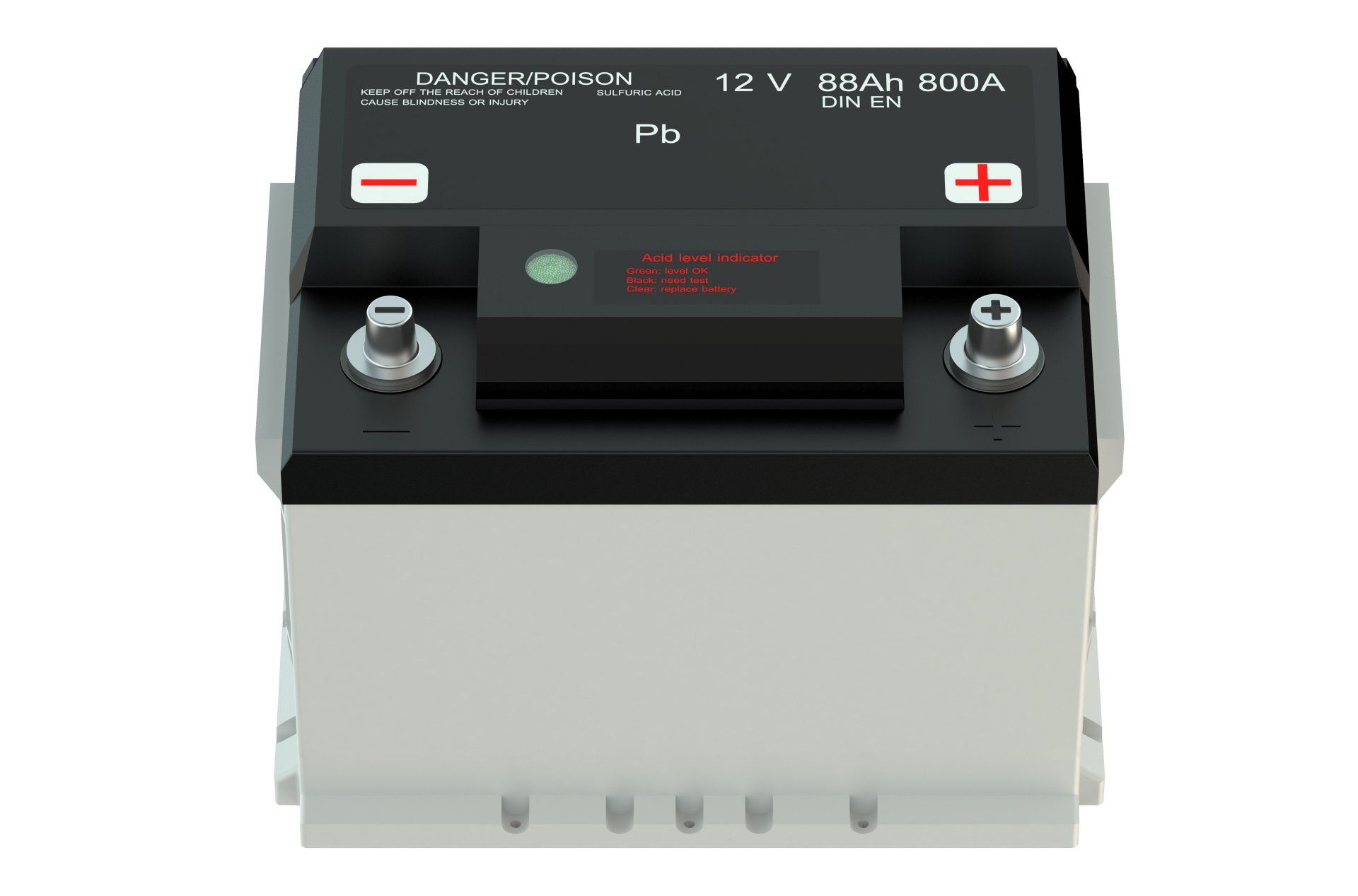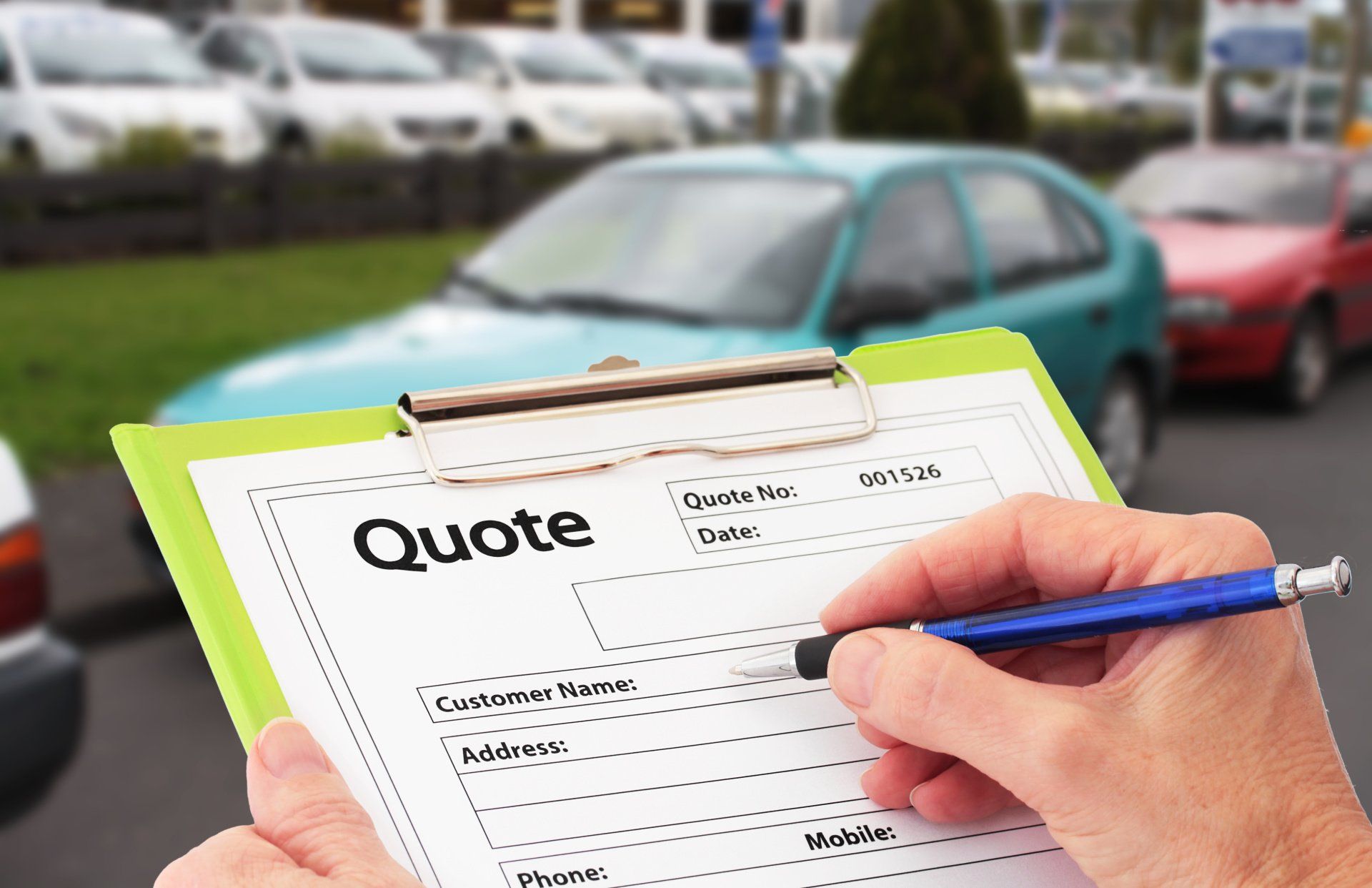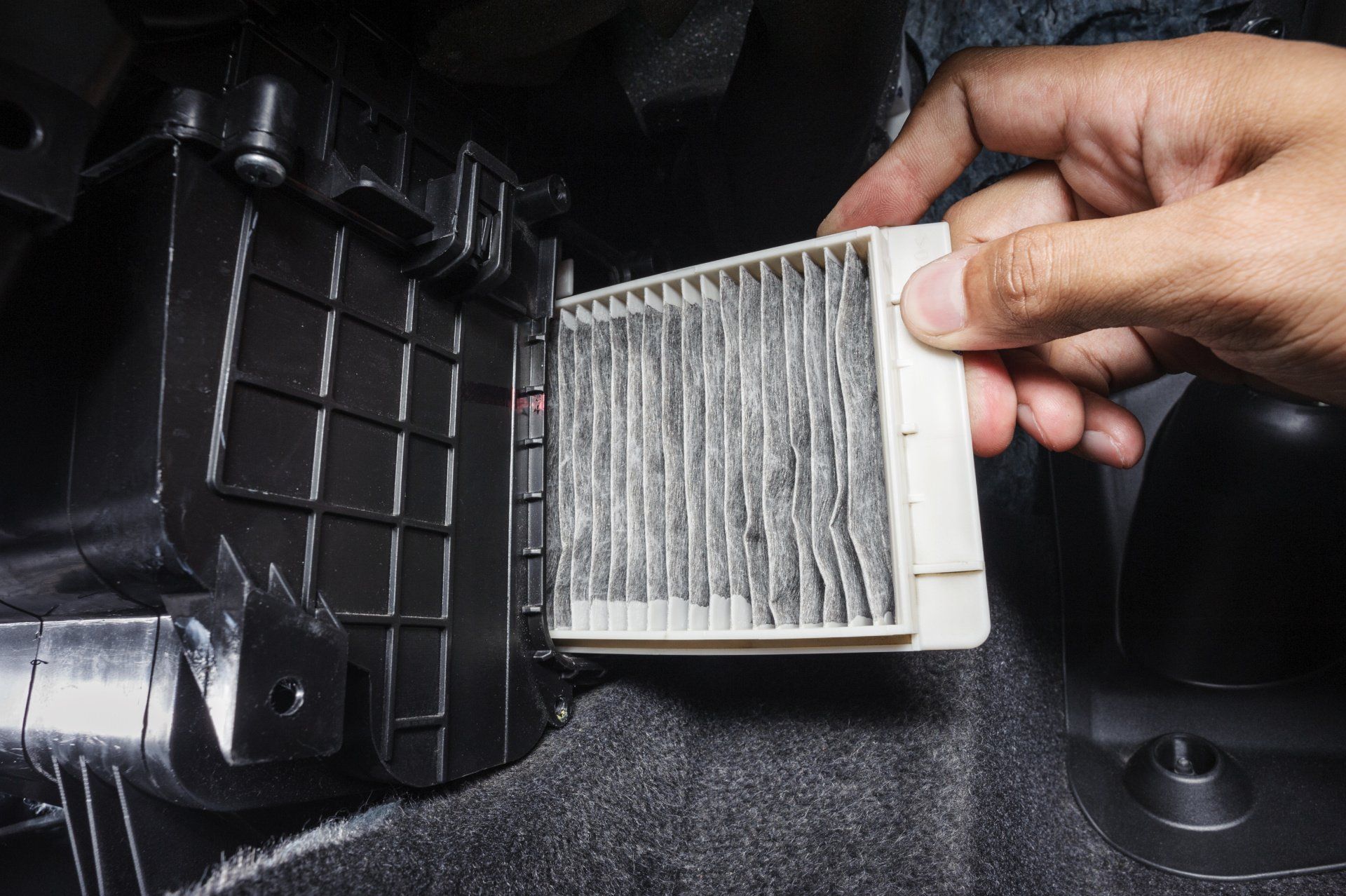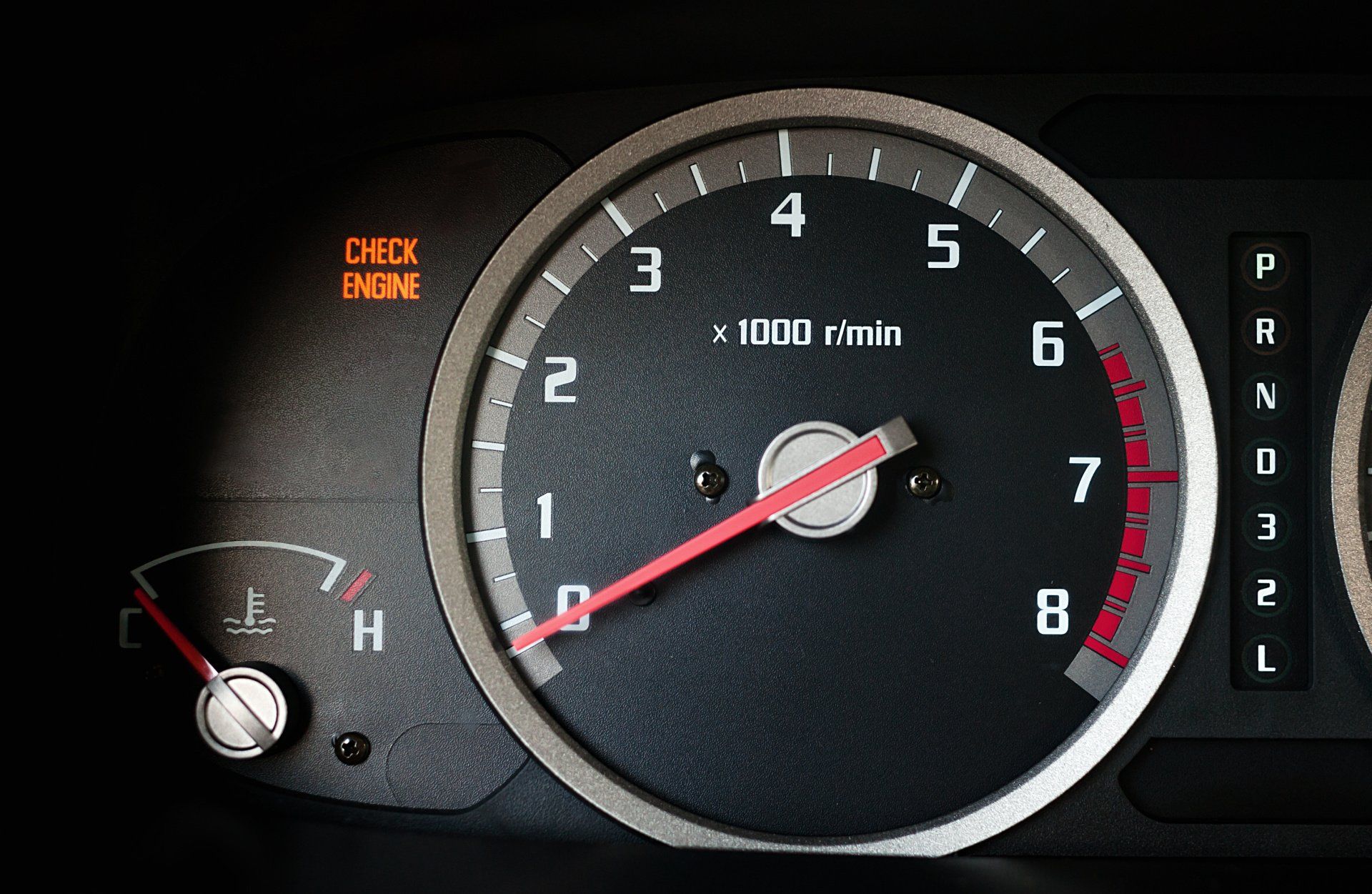Spring Car Care
- By AREAWIDE AUTOMOTIVE
- •
- 08 Apr, 2016
- •

The signs of spring are everywhere. The grass is turning green, the flowers are starting to bloom and people are looking forward to spending more time outdoors.
Spring is also an important time for vehicle maintenance.
Here’s a list of some basic springtime vehicle maintenance items:
(1) Read the owner’s manual or contact us to see what is recommended at your current mileage.
(2) If you’ve experienced any hard starts, or a weak battery get it looked at now before the warmer weather sets in.
(3) Change the engine oil and inspect all other fluid levels and condition of those fluids.
(4) Keep in mind the antifreeze “coolant” not only keeps the engine from freezing in the winter but also keeps the engine from overheating in the summer.
(5) It is also important to inspect the condition of your belts, hoses and clamps.
(6) Have all your filters inspected. Spring is the time to change cabin filters, and air filters. If you can’t remember the last time they were changed, they are probably due.
(7) Check your tires for proper inflation, tread wear, damage and cracking.
(8) Have your brakes inspected for wear and proper operation.
(9) Replace worn wiper blades and fill the washer fluid reservoir.
(10) Inspect all lights, turn signals, and bulbs.
Check out our website for all our spring specials and savings.

When does a car battery need to be replaced?
The battery is what powers every electrical component in a car. At some point your battery needs to be replaced, but when? Over time, a battery loses some of its capacity and will drop so low that the battery won’t be able to start your car. An average car battery lasts from 3 to 5 years. Sometimes there are no signs that the battery is failing until you turn the key and your vehicle will not start. We can test your battery with a computerized battery tester that will show the capacity of the battery and check for proper operation of the starting and charging system.
STOP IN TODAY FOR A FREE BATTERY AND CHARGING SYSTEM ANALYSIS.

We receive these calls every day; “Can you match this other shop’s estimate or price quote?” Sure, everyone wants to save money. I know I do. However, when I price shop it is for the same product, brand, and identical item. Let’s first start by saying this: when Target or Walmart price matches a 4 oz. can of Del Monte string beans, they are price matching the same brand and size product.
When you price match an auto repair job you have to take many things into consideration. Some shops may offer a $49.00 brake job and use cheap no name brake pads, cut corners, and have an unqualified person performing the repairs. Will we price match such a thing? Absolutely not. So many things have to be compared.
(1) Do the technicians performing the repairs have the same qualifications?
(2) Are the parts being used the same brand and quality at both shops?
(3) Are the employees on commission and getting paid on how fast the job gets done?
(4) Is the shop clean, reputable, and insured?
We recently had a customer tell us that they preferred to use us but instead they went price shopping and found another shop that could do the timing belt and water pump job for about $66.00 less and asked if would we price match them. The approximate cost for the repair was $1200.00. When I compared the two estimates, here is what I found:
Other Shop’s Labor Charge – $816.00 Our Labor Charge – $702.00
Other Shops Parts Charge – $374.03 Our Parts Charge – $496.00
Other Shop’s Supply Charge – $29.75 Our Supply Charge – $2.25
Other Shop’s “Discount” – $75.00
After taxes, our cost was $66.00 higher. The main difference was the price of the parts and this is why we are not comparing apples to apples but apples to oranges. If I was just out for money, I could use the same cheaper parts, not use the manufacturer’s recommended coolant, and then charge an extra $100.00 labor. Sure we would make more money on the job and save the customer $66.00, but the customer is the one that really loses not wins. Find a shop that you trust, is fair, uses quality parts, stands behind their work, treats you right and stick with them. If you do decide to price shop, be sure to take all things into consideration as you are not just buying a can of beans. Relationships, commitment, pricing and quality go both ways for the auto repair shop and the customer.

During the summer months when you really need your air conditioning to perform at its best and keep you and your passengers cool it is essential to have a clean cabin filter. A dirty filter can restrict the amount of air blowing out of the vents and greatly reduce the air conditioner’s efficiency. Cabin air filters should be inspected twice a year by a professional auto repair shop. Improper removal and installation of cabin air filters on some vehicles could result in damaged HVAC components and costly repairs.

When the light on your dashboard comes on, it is a sign that your vehicle’s computer system has detected a problem that could impact the performance and safety of the vehicle.
The two most common warning lights you are likely to see are a Check Engine light or a Low Tire light.
The Check Engine light is designed to alert the driver when there is a problem with the engine or transmission. The Tire light is to alert you of a tire that is low on air.
When one of these lights comes on, it should not be ignored because it could lead to increased repair costs or a broken down vehicle. A flashing Check Engine light indicates your car should be checked immediately. A Low Tire light could indicate a leaking tire and should also be checked immediately before your tire goes flat.
Stop in if you have one of these lights lit up on your dashboard for a diagnostic check.


